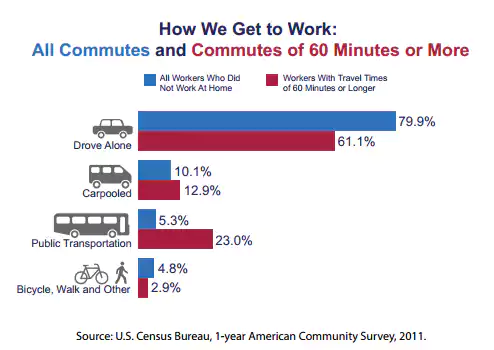On-demand Commute Product
Our newest product line (Uber Commute) is launched (link) and it’s first time Uber launch new product first outside US. I’m the Tech Lead on Dispatch & Pricing components. Here is some learnings and thingkings of this new line of business.
Some learnings and key lessons
Addressable market size
If we look at people’s daily transportation needs, majority of that is commute use case. We need to go to work and back home every weekday. That’s effectively ~ 40 trips per month. If we consider current massive commute options: 1. Driving 2. Public Transportation. The cost of each ride approximately $5 - $15 (assuming per mile cost of driving car = ~$0.5)

On average, one could spend nearly $400 on Commute. This is a conservative estimation as driving also needs to pay parking during the day time.
Uber’s position
Right now, commute use case is already the top usage for customers. The challenges to further penetrate the commute market are 1. further reducing cost 2. more reliable (ETA & Surge)
Affordability (Further reducing cost) Currently, primary cost of one Uber ride is the driver earnings payment (~80%). How to bring down this cost is the key.
Reliability (ETA & Surge) If affordability challenge can be resolved, reliability will be the bottleneck as demand sessions will increase dramastically by the low price.
Solutions in our product
Above challenges are essentially one challenge: Can we bring enough supply with very low cost?
The way we approached this problem is asking us “What if people already want to go to somewhere by themselves and they can share their ride with someone else going to same area?”. That’s basically the casual car pooling solution.
But the issue with that approach is there is no middleman to set up efficient process: pricing and matching(dispatch).
Pricing
Not like full-time Uber driver, casual drivers are people having full time job but just share 1 or 2 trips with others. The key to let them more comfortable to accept rider’s car pooling request is ** Transparancy ** So in this product, we introduced ** Driver Upfront Pricing ** . In our early testing, it shows siganificantly boost for our driver online actions as well as request acceptance rate.
Dispatch
Unlike traditional Uber dispatch (which optimizes marketplace efficiency), we need to capture driver convenience (Nobody want to detour much during their commute) into consideration. To accommodate casual driver’s needs, we introduced a new dispatch paradigm to combine both rider reliability needs (ETA) and driver convenience as objective function in the algorithm design